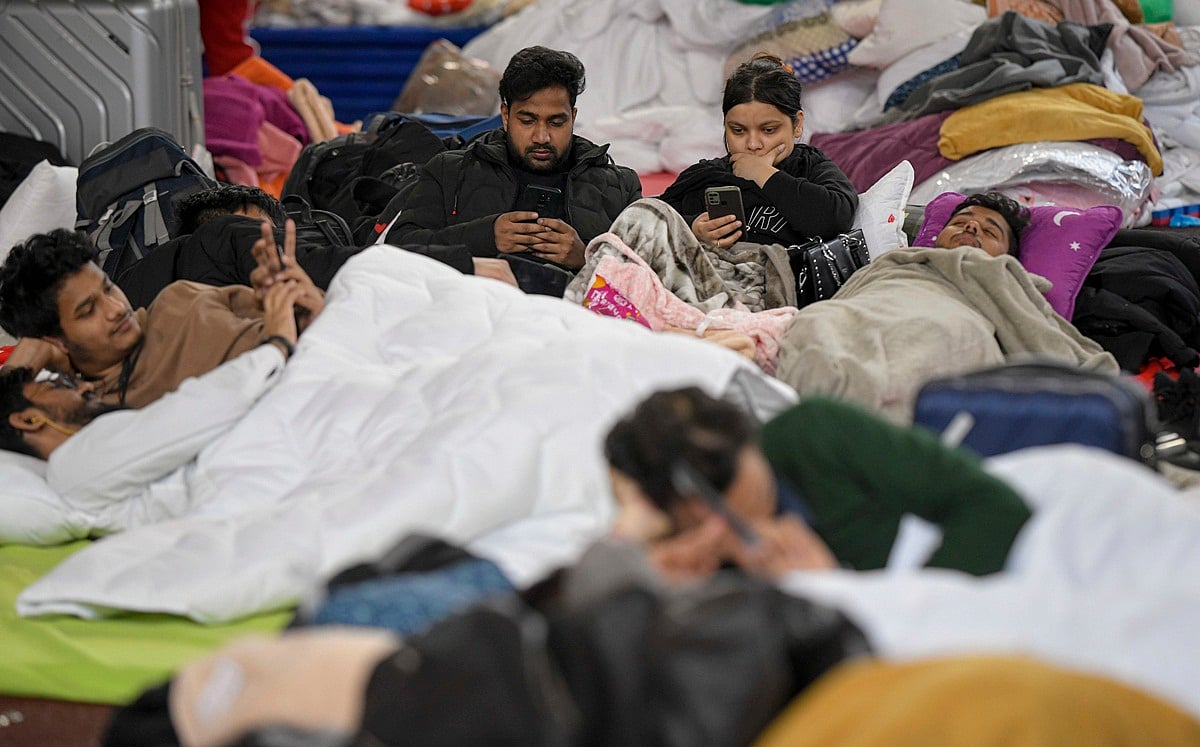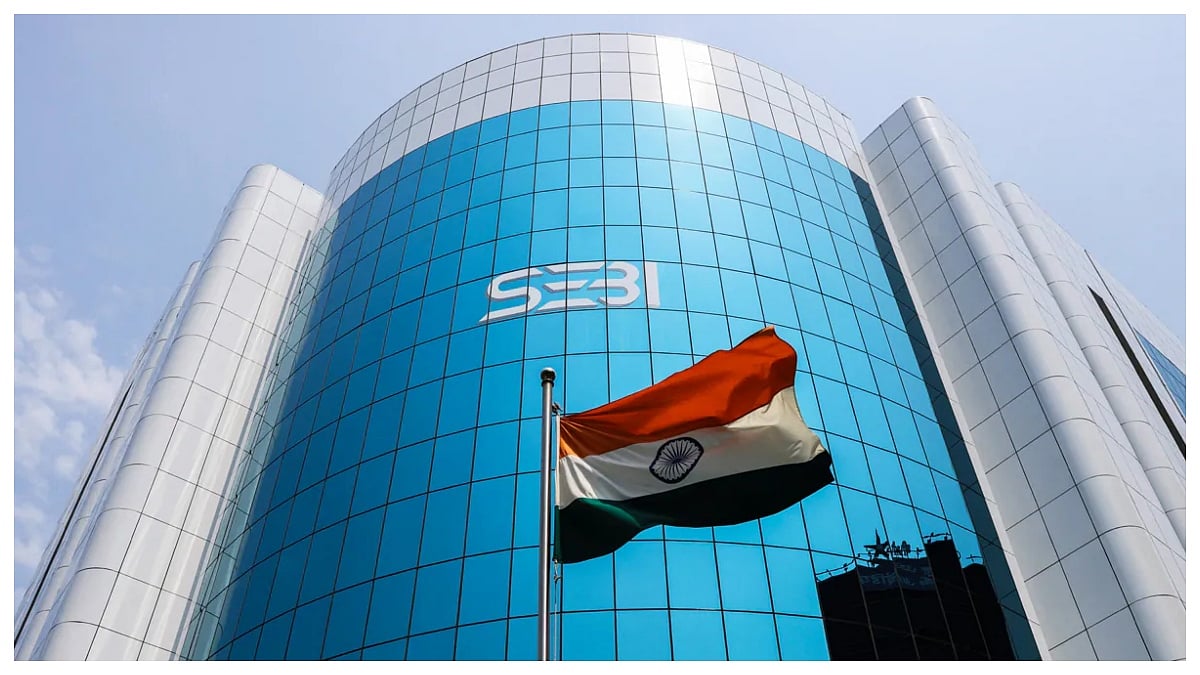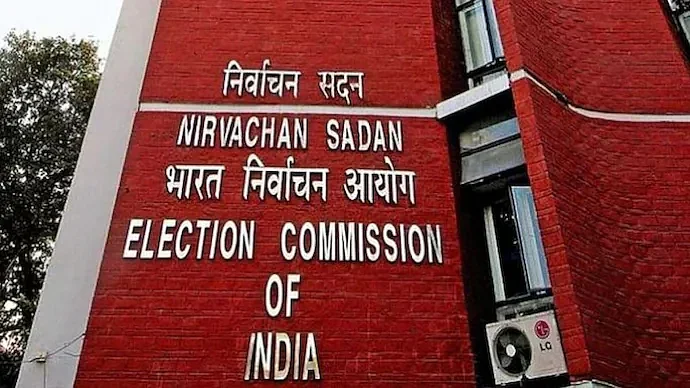The tragic death of an Indian student in the Ukrainian city of Kharkiv as a result of shelling underscores the hapless plight of thousands of young Indian students trapped in the war zone. It also highlights the abject failure of the authorities, particularly the Indian embassies in Ukraine and in the region, to ensure the safe evacuation of vulnerable students at a time of grave danger. Conflicting and confusing advisories compounded the problem. It is appalling that the Indian Embassy issued an unambiguous advisory to all Indians to leave Kiev “by any means available” only today (March 1), by which time it is far too late for students to escape. In fact, the few students who were evacuated have been evacuated from the safe Western region of Ukraine, while those stranded in Kyiv, Lviv and Kharkiv, at the heart of the war zone, have become bargaining chips in the desperate struggle going on between Ukrainian and Russian forces. Viral social media posts by stranded students show their abject plight, being mercilessly beaten by border guards and ruthlessly pushed back. Stranded students sheltering in metro stations and basements, in the meantime, are running out of food, water and money.
Sending ministers to the border zones at this juncture is a waste of time and resources. For starters, the Polish or Hungarian borders are 1,500 km away from the conflict zones at Kyiv and Kharkiv. Worse, the embassy officials on the ground would be diverted to looking after the VIPs rather than trying to find some means of reaching support and succour to stranded citizens. India’s abstention in the UN Security Council vote, while strategically sound, has put Indians stranded in Ukraine in an extremely dangerous position. An embattled Ukraine will understandably view all those who have not stood by them as siding with the enemy. The repercussions, in wartime, on Indian civilians should have been foreseen and planned for.





